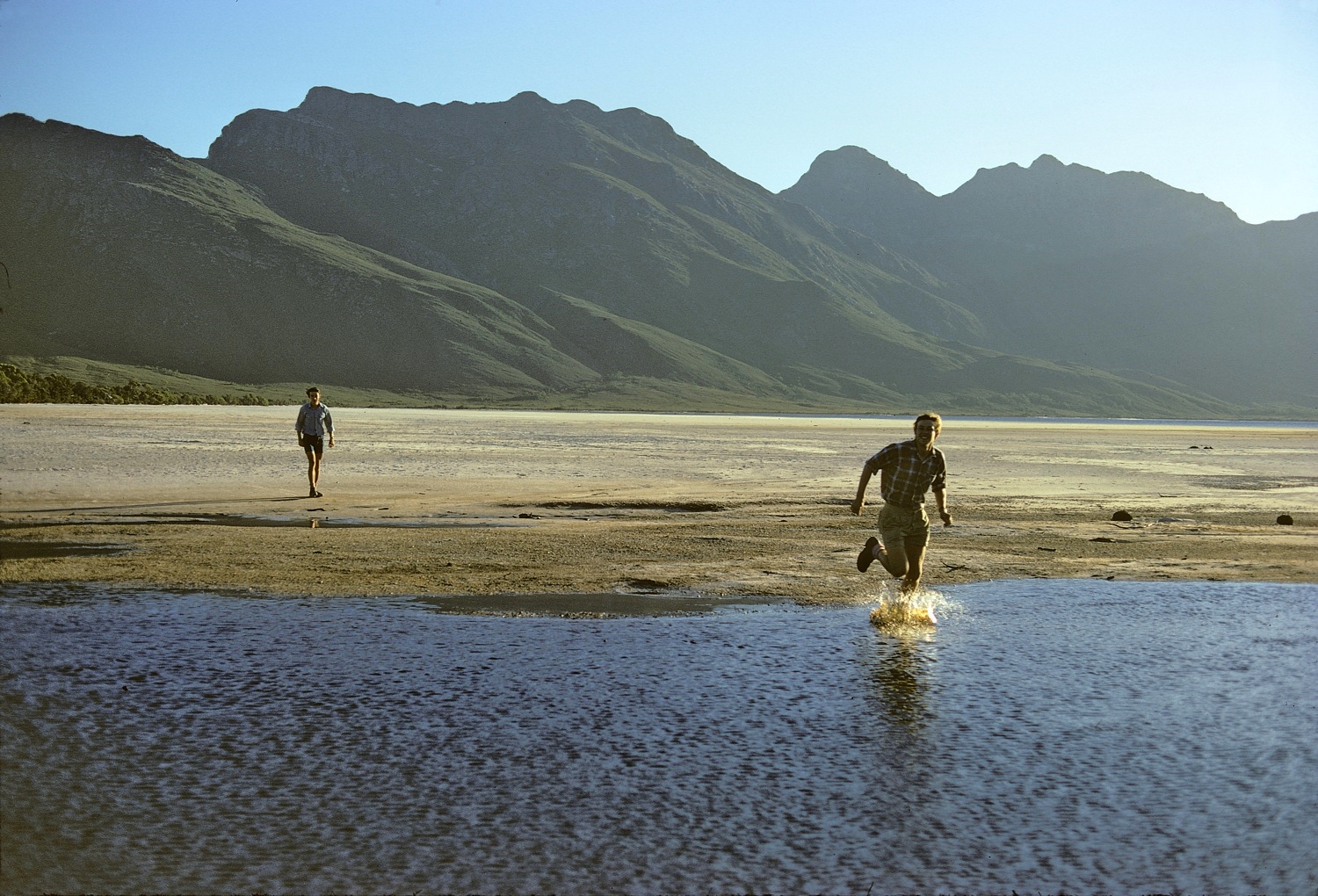
Findings of the 2020 Ecological Restoration Scoping Study
by Dr. Anita Wild of Wild Ecology
Dr. Wild was recruited by Lake Pedder Restoration Inc in July 2019 to undertake the scientific scoping study to determine the ecological and scientific feasibility of the full restoration of the original Lake Pedder from the current Huon-Serpentine Inpoundment. This study is presented in a series of Factsheets, Information sheets and Reviews designed for ease of reading. The series of information sheets are being prepared at different stages, keep an eye on this page or follow @restorepedder on Social Media for notifications on new fact sheet and review releases.
The Study was made possible due to the generous contributions of our Restore Pedder community contributions to the March 2019 crowdfunder. With your help we can further the engineering and economic studies.

FACTSHEET
Flora Species
A summary of the current state of threatened flora species and their habitat in the catchment of the Huon-Serpentine Impoundment. The information
includes the threatened flora species that were recorded before flooding, their current
status and the main opportunities and potential risks of the restoration of Lake Pedder for the species.

FACTSHEET
Platypuses
Restoration of Lake Pedder would convert the current large, deep reservoir into a freshwater environment characterised by a complex network of connecting multiple-order streams, rivers, wetlands and shallow lakes and ponds, habitat types known to currently support viable platypus populations both in Tasmania and on mainland Australia.

FACTSHEET
Vegetation Communities
A summary of the current state of vegetation communities that were mapped in the catchment of the Huon-Serpentine Impoundment. The information includes the threatened vegetation communities that were recorded before flooding, and the potential for natural regeneration following the restoration of Lake Pedder.

FACTSHEET
Organic Soils and Peatlands
“The soils and physical features of Lake Pedder are believed to remain physically intact with soils and vegetation remnants still visible under the tannin-stained waters. Except for a thin cover of sediment of approximately 2-3cm, the lake itself is likely to display most original physical characteristics within a relatively short timeframe of years..”

FACTSHEET
Social Benefits
The ecological restoration of Lake Pedder would constitute the largest project of that kind ever undertaken in Tasmania. The planning and implementation will require a broad and
extensive range of expertise. Tasmania has the potential to be a world leader in ecological restoration and the regeneration of the iconic Lake Pedder could act as a catalyst to prioritise high quality
ecological restoration projects across the state in conjunction with best practice environmental education and training through TAFE and UTAS.
View the Social Benefits Factsheet and read the 2022 UTAS and NEBR paper on human health and wellbeing benefits of ecological restoration activities here.

FACTSHEET
Aquatic Fauna
The acidic, darkly coloured and humic waters of the Lake Pedder/Lake Maria wetland system were understood to support a distinctive suite of aquatic fauna communities including zooplankton, crustaceans, molluscs, insects, flat worms
and segmented worms. Some of these species were believed to have
disappeared due to changes in habitat and introduction of predators; some have subsequently been re-discovered. Subsequent searches have also uncovered newly discovered or previously undescribed species.

FACTSHEET
Weeds and Diseases
Outlining the potential Weed species posing risks to the regenerating region after dewatering and outlining the Weed management activities to reduce the potential seed and propagule
sources of weeds that could disperse into the newly exposed reservoir.

REVIEW
Orgainic Soils and Peatlands
This review provides a summary of the likely current state of soil and peat substrate inundated in the Huon-Serpentine Impoundment including existing information and knowledge gaps, the major opportunities and risk of the restoration of Lake Pedder to the substrates and a prioritised list of studies and scope of work required to provide the knowledge to proceed.

REVIEW
Vegetation
This review provides a summary of the current state of vegetation communities that were mapped in the catchment of the Huon-Serpentine Impoundment. The information includes the threatened vegetation communities that were recorded before flooding, the threatened flora species and the potential for natural regeneration following the restoration of Lake Pedder.

REVIEW
Platypuses
Review of Potential Responses to Restoration:
Platypuses.

REVIEW
Soils
This review provides a summary of the likely current state of soil and peat substrate inundated in the Huon-Serpentine Impoundment including existing information and knowledge gaps, the major opportunities and risk of the restoration of Lake Pedder to the substrates and a prioritised list of studies and scope of work required to provide the knowledge to proceed.

REVIEW
Understanding the Engineering
This summary document provides basic information on the potential engineering works required for controlled release of flows and draining the Huon-Serpentine impoundment. This information was initially prepared to assist specialists undertaking impact assessments for ecological values and determining the potential legal and planning requirements.